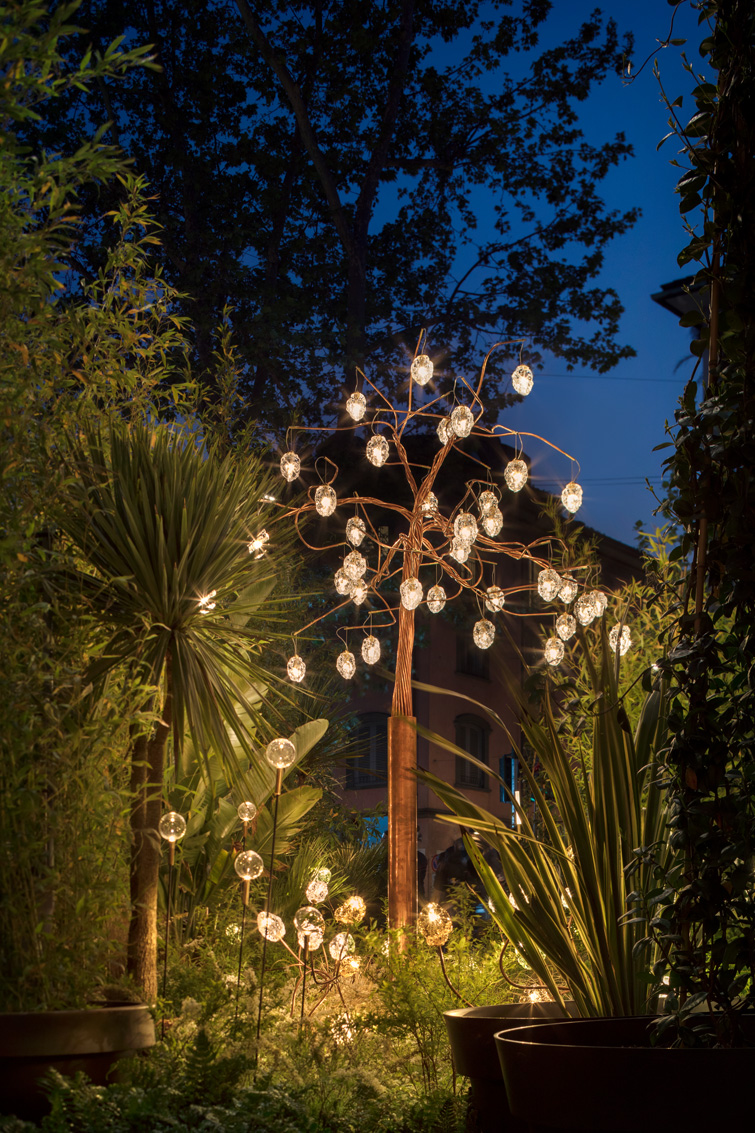ttypes of led lighting

LED (Light-Emitting Diode) lighting is a highly energy-efficient and versatile lighting know-how that has gained widespread use in latest years. LEDs have remodeled the lighting industry because of their numerous advantages, including energy financial savings, longevity, sturdiness, and flexibility. Here are key features of LED lighting:
Energy Efficiency:
LEDs are recognized for his or her distinctive power effectivity. They consume considerably less electrical energy in comparability with conventional incandescent and fluorescent lights. This interprets to decrease energy bills and decreased environmental impact.
Longevity:
LEDs have a for much longer lifespan than conventional light sources. They can last up to 25,000 to 50,000 hours or extra, depending on the quality and usage. This longevity reduces the need for frequent replacements, saving each time and money.
Durability:
LEDs are solid-state lighting gadgets, which implies they are highly durable and proof against shock, vibrations, and external impacts. This makes them best for varied functions, together with outside lighting.
Instantaneous Lighting:
LEDs provide instant illumination when turned on, with no warm-up time required. This is in contrast to some fluorescent lights that may take a moment to succeed in full brightness.
Color Temperature Options:
LEDs can be found in numerous colour temperatures, permitting users to decide out lighting that fits their preferences and desires. Common options embrace warm white, cool white, and daylight white.
Dimmability:

Many LED fixtures and bulbs are dimmable, providing flexibility to regulate lighting levels to create the specified ambiance and save even more energy when full brightness just isn't needed.
Directional Lighting:
LEDs emit light in a particular path, making them extremely efficient for targeted lighting purposes. This characteristic reduces light wastage and permits for precise illumination.
architectural lighting installation of Applications:
LEDs are utilized in a broad spectrum of functions, together with residential lighting, business lighting, road lighting, automotive lighting, signage, and displays.
Environmental Benefits:
LED lighting contributes to power conservation and lowered greenhouse gas emissions due to its low power consumption and long lifespan. It also contains no hazardous supplies like mercury, which is present in another kinds of lighting.
Color Rendering Index (CRI):
LEDs can obtain high CRI values, which implies they precisely render colours in comparison to natural daylight. This is necessary for applications the place shade accuracy is essential, such as in art galleries and retail settings.
Smart Lighting:
Many LED lighting systems could be integrated into good residence or building automation techniques. This allows for remote management, scheduling, and customization of lighting to meet particular wants and preferences.
Cost Savings:
While LED lighting fixtures and bulbs could have the next preliminary price compared to conventional lighting, the long-term energy financial savings and lowered maintenance expenses usually make LEDs a cost-effective selection over time.
LED lighting has revolutionized the finest way we illuminate our homes, workplaces, and public areas. As the technology continues to advance, it's likely to become even more environment friendly and versatile, additional reducing power consumption and environmental influence while offering high-quality lighting options..
